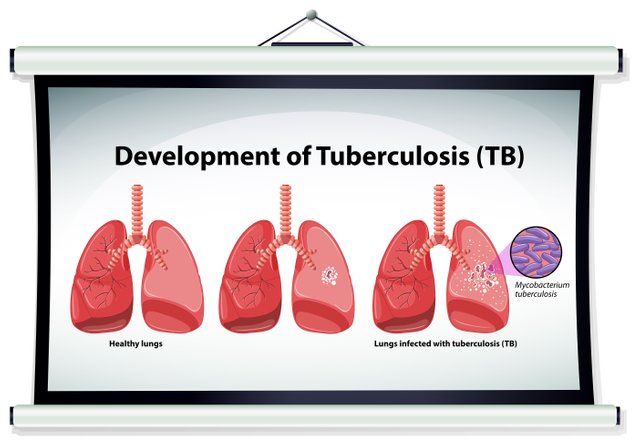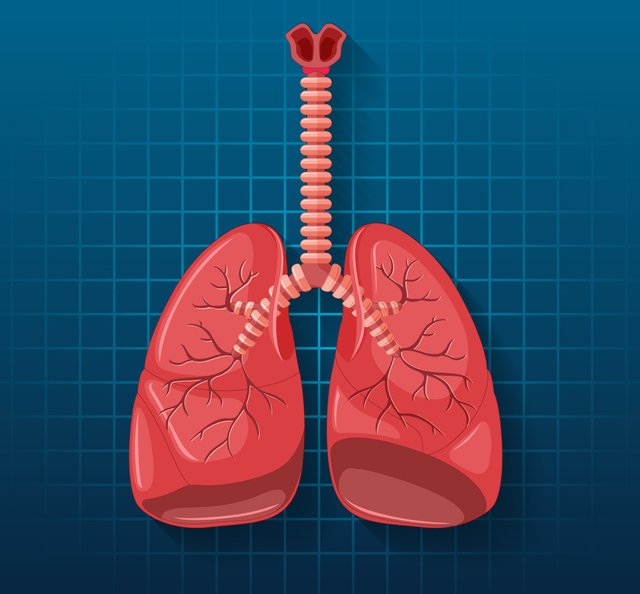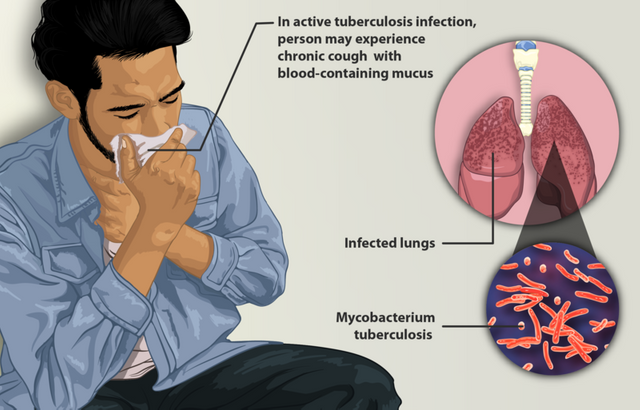I am @rashidaakter
From #Bangladesh
How are you all, I hope you are well by the grace of Allah. Alhamdulillah, I am fine too. Today I will participate in a nice contest on Healthy Steem organized by our dear moderator @khursheedanwar the interesting contest for this week.
 |
|---|
 |
|---|
Tuberculosis (TB) is an infectious disease that usually infects the lungs and is one of the diseases caused by an infectious agent worldwide. The second is group attackers. The tuberculosis bacterium was discovered in March 1882. Therefore, every year on 24th March, World Tuberculosis Day is celebrated all over the world.
Although the most commonly affected sites in humans are the lungs, TB can also occur in the bones, especially in the spine and at the ends of long bones. Other common sites of TB include the lymph nodes, brain, and kidneys. There is virtually no organ that cannot be touched by TB.
However, although TB used to be a deadly disease, TB is now a highly curable disease that needs better awareness.
This disease is also known as TB. It is an airborne infectious disease. Its germs are spread by contact with an infected person. Especially, when they sneeze and cough, even when they talk, TB germs spread in the air. This germ stays in the air for several hours. These airborne germs can enter the lungs of a healthy person during normal breathing. This is how the infection spreads to others. Tuberculosis germs can also be spread by drinking raw milk. The risk of contracting this germ among others is high in crowded or confined spaces. In addition to the lungs, this disease affects different parts of the body; For example, it can attack bones, brain membranes, kidneys, intestines, and reproductive organs.
The symptoms of TB
The symptoms of TB disease depend on the part of the body where the TB bacteria is growing. In general, the symptoms of this disease are different. However, some symptoms of bone TB are different from those of throat TB. TB bacteria usually grow in the lungs (pulmonary TB). TB can cause the following symptoms:
- A cough may occur and this problem may last for three weeks or more
- Chest pain
- Mucus
- Weakness or fatigue
- May lose weight
- Appetite may decrease
- Fever
- Even if the weather is cold, sweating at night while sleeping.
 |
|---|
Treatment of TB
The type of treatment will depend on the type of TB. If you have latent or latent TB, the doctor may give you certain drugs to kill the bacteria so that the infection does not become active. Ionized, Rifapentine or rifampin salts may be prescribed to you separately or in combination. Such drugs have a specific course and completion of that course is mandatory. . A course of these drugs can last from 6 to 12 weeks.
_for_Drug-Sensitive_TB_(5102307249).jpg) |
|---|
Conclusion:
Fortunately, with proper treatment, large TB is manageable and the incidence of disease from it is low. But, two-thirds of people will die from tuberculosis without proper treatment.
I invite my beautiful friends @rumanaafroz @shawlin @pink-ring and @jollymonoara to participate in this contest.

Twitter
Downvoting a post can decrease pending rewards and make it less visible. Common reasons:
Submit